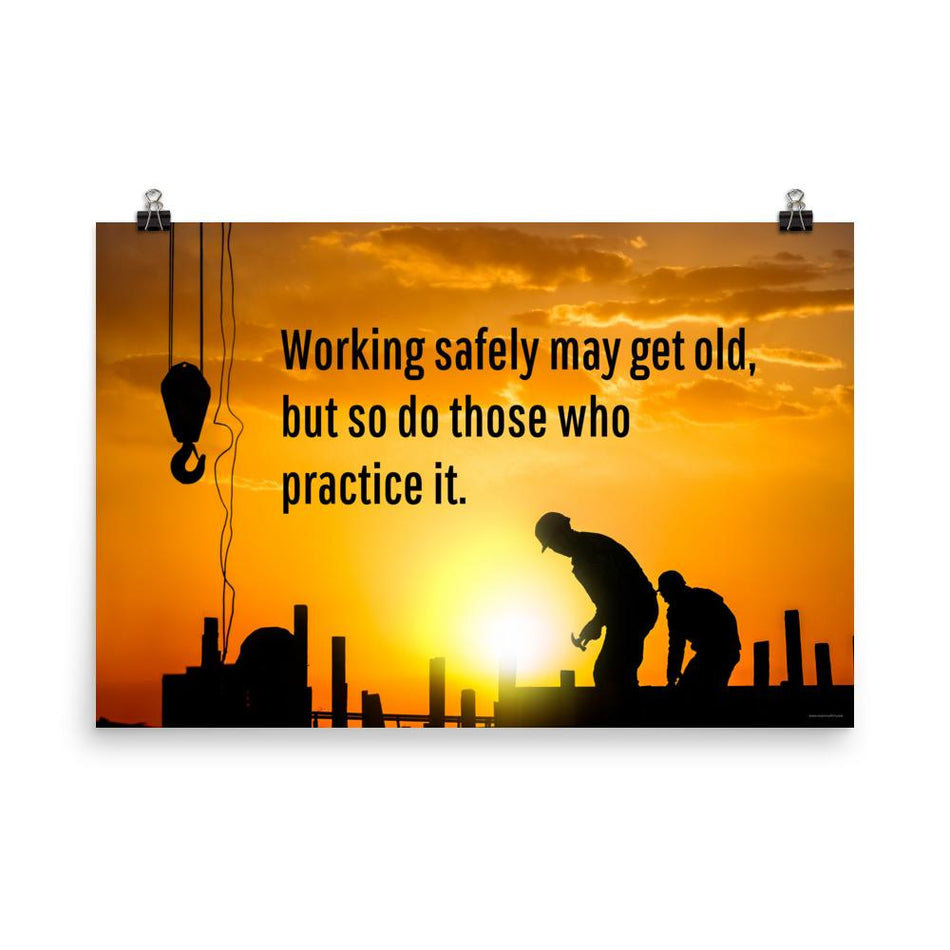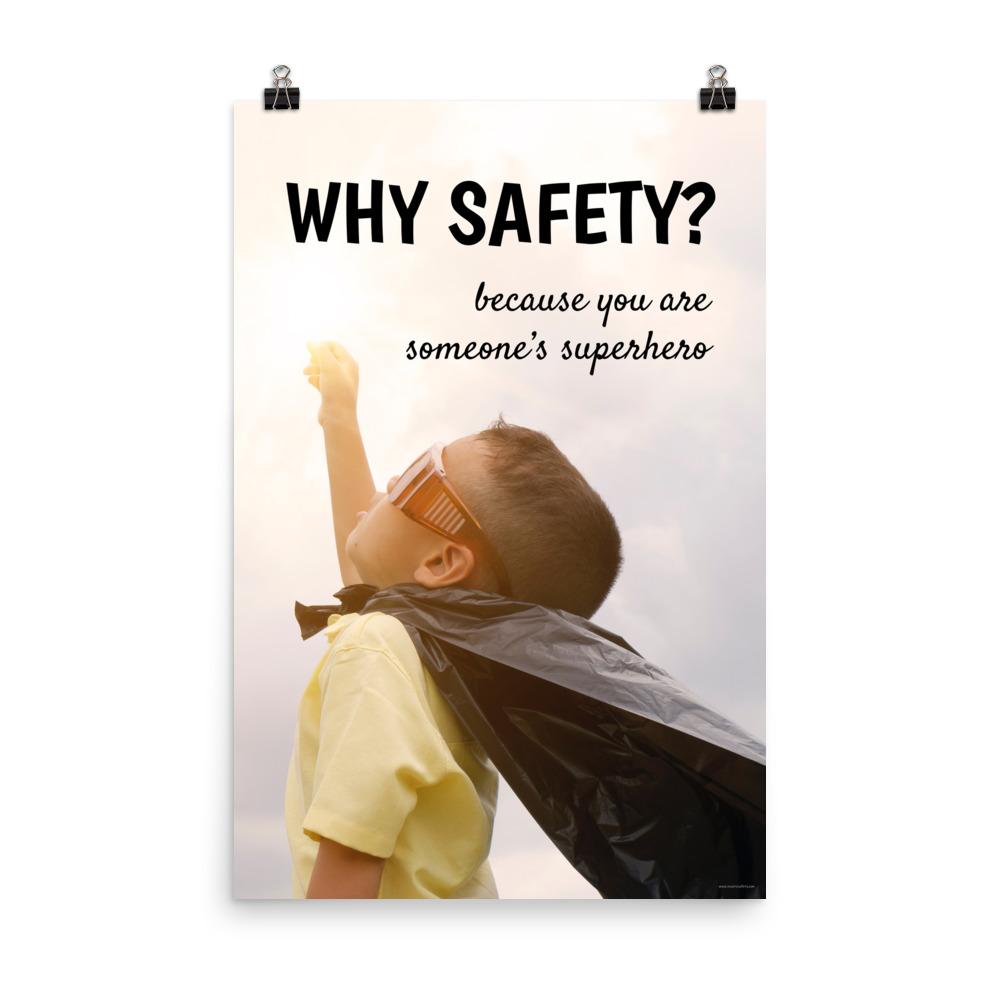A "short service employee" refers to a worker who has been with a company for a relatively brief period or has limited experience in their new role. These employees might be hired temporarily, seasonally, on probation, or for a permanent position. Due to their inexperience with the specific tasks required by their job, they need additional guidance until they can perform their duties safely and efficiently.
Employers have a legal duty to ensure a safe working environment for everyone, regardless of how long they’ve been employed.
Prioritizing workplace safety is crucial for all employees, and short service employees, in particular, may require extra attention to fully understand the company’s safety and health protocols. Employers have a legal duty to ensure a safe working environment for everyone, regardless of how long they’ve been employed.
Short service employees often lack the experience and familiarity with workplace practices that longer-tenured employees possess, making them more susceptible to accidents and injuries. They may not yet have developed the instinct to recognize hazards, especially if they are still getting accustomed to the company’s culture, procedures, and safety protocols.
To safeguard short service employees, there are several proactive measures that employers and management can take to reinforce the overall workplace safety program.
Comprehensive safety training is essential for short service employees, covering job-specific hazards, safe work practices, and emergency procedures. This training should be ongoing, with updates provided whenever safety protocols change.
Assigning experienced or senior employees as mentors to short service employees can be highly beneficial. Mentors can offer guidance, answer questions, and help newer employees integrate into the safety culture of the workplace. While one individual may serve as a designated mentor, all employees should feel empowered to positively correct unsafe behaviors or offer support to newer colleagues who might need extra assistance.
Veteran employees should lead by example, consistently following safety procedures, attending safety meetings punctually, and taking responsibility for maintaining a safe work environment. They should also ensure that short service employees do not undertake tasks for which they haven’t been adequately trained.
Including short service employees in routine safety audits is also important, as their feedback can provide valuable insights. Safety audits help identify potential hazards and evaluate the effectiveness of existing safety measures. Engaging short service employees in this process can also serve as an educational opportunity for them. Management should continuously monitor and assess the effectiveness of safety programs and make improvements as needed.
Access to personal protective equipment (PPE) is a non-negotiable requirement for all employees, including those who are new. The specific PPE needed will depend on the nature of their work and the environment in which they operate, and it may include items like safety glasses, hard hats, gloves, or respiratory protection. Proper training on the correct use of PPE should accompany its provision to ensure it is used effectively. Providing the necessary resources, such as training materials, PPE, and safety equipment, is crucial for maintaining a safe workplace.
Management has a pivotal role in ensuring the safety of short service employees by prioritizing safety and clearly communicating its importance. Leadership should promote a culture of safety by encouraging open discussions about safety concerns, recognizing safe behaviors, and proactively addressing potential hazards.
When workplace hazards are identified, they should be reported immediately. Short service employees should be trained in hazard recognition early on and encouraged to actively participate in the reporting process. An effective safety program relies on a robust hazard reporting system.
Some organizations might implement a formal short service employee program, complete with documentation outlining specific responsibilities and training requirements.
Part of such a program might involve a system for identifying new hires so that supervisors, colleagues, and project managers can provide additional support. Identification systems, such as distinctive vests, colored hard hats, unique clothing, or decals, signal that an employee is still in the learning phase without implying that they lack skill or experience.
Another aspect of a short service employee program could be crew composition rules, limiting the proportion of short service employees within a single team to ensure adequate supervision and support.
The program might also define the qualifications for mentors, who should be fluent in the short service employee’s primary language, experienced with the tasks at hand, and capable of providing the necessary training. Mentors should have a strong safety record, clear communication skills, and the patience to help new workers succeed.
Safeguarding short service employees is vital for their well-being and the company’s success. By providing thorough training, assigning mentors, conducting safety audits, supplying PPE, encouraging hazard reporting, and fostering a safety-first culture, employers can significantly reduce risks for these employees.
Both management and long-term employees have key roles in maintaining workplace safety by mentoring, setting positive examples, speaking up about safety, providing necessary resources, and continually evaluating and improving safety programs.
Through collective efforts, employers, seasoned employees, and management can create a secure and supportive environment that helps short service employees thrive as they transition into their new roles.











